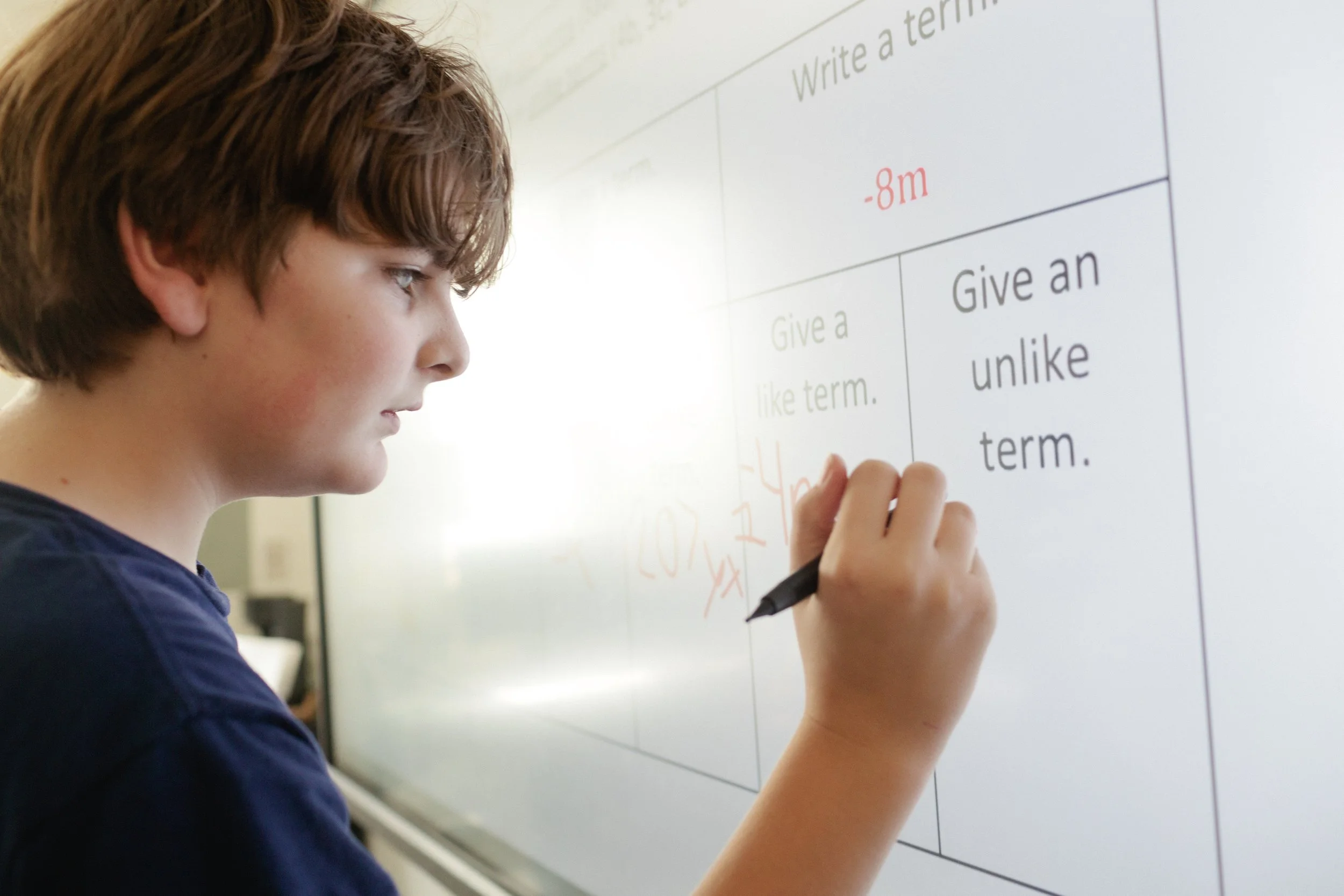Being Intentional with Our Technology
A thoughtful, balanced approach to our relationship with technology
Our school's vision of being a beacon of excellence in teaching and learning is grounded in the understanding that achieving excellence often requires navigating complex dualities. This understanding grounds our approach to technology use in education. At Advent, we recognize that technology has the power to both enhance learning and distract from it. Rather than viewing technology as inherently good or bad, we embrace a "both/and" philosophy—utilizing technology when it serves our educational goals and resisting it when it detracts from our core values of fostering compassion, creativity, and critical thinking.
As a school, we are committed to using technology intentionally—leveraging digital tools that align with our values and enhance our students' learning experiences. At the same time, we actively resist technology that interferes with healthy development, such as self-regulation, attention, and emotional well-being. This approach reflects our broader commitment to balance and intentionality, aiming to create an environment where students can thrive both academically and personally.
Being tech-intentional means making deliberate choices about when and how technology is used in our classrooms. It is about recognizing that technology can be a powerful tool for learning, collaboration, and creativity while also being mindful of its potential to distract, disengage, or overwhelm.
At Advent Episcopal School, we take a balanced and thoughtful approach to integrating technology into our classrooms. Our philosophy of Tech with Intention ensures that every use of technology is purposeful, age-appropriate, and aligned with our educational goals. We support the intentional use of technology while establishing clear boundaries to promote healthy, well-rounded development. By providing structured opportunities for engagement with digital tools alongside hands-on, unplugged activities, we aim to foster critical thinking, creativity, and self-regulation. As students progress through each grade level, they gain more responsibility in managing their technology use, but always within a framework that prioritizes learning and well-being.


